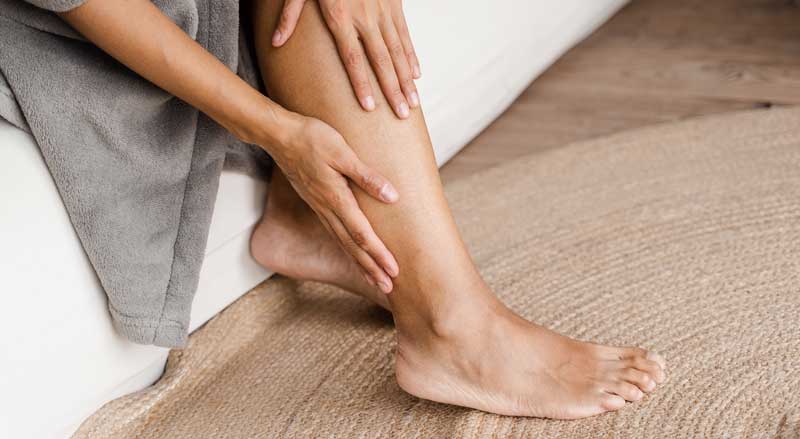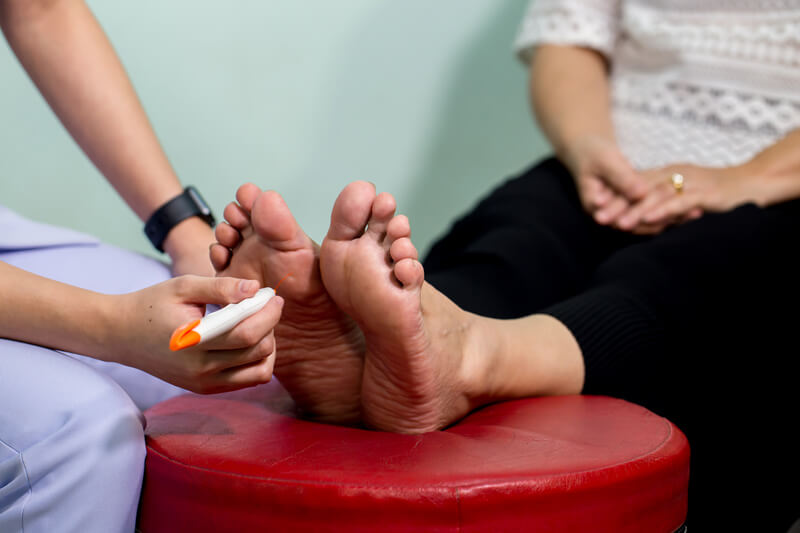Poor circulation can affect many areas of your body, including your legs, feet, and toes. There are many reasons for poor blood circulation in the legs and feet, and usually several things you can do to improve your circulation. It’s...


Poor circulation can affect many areas of your body, including your legs, feet, and toes. There are many reasons for poor blood circulation in the legs and feet, and usually several things you can do to improve your circulation. It’s...

Diabetes affects over 30 million Americans, according to the most recent data provided by the CDC. People most often attribute diabetes to blood-glucose levels, insulin, and even diabetic shock. But diabetes negatively affects the body in other ways. One area...